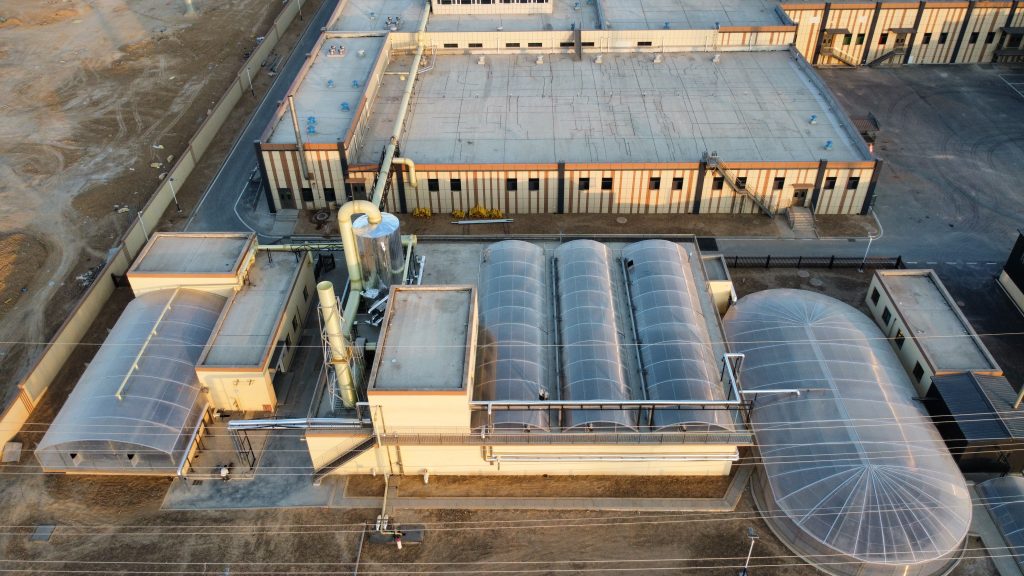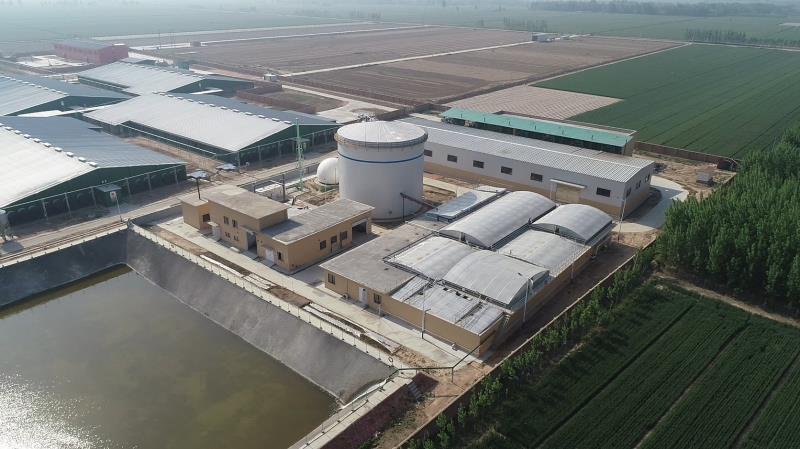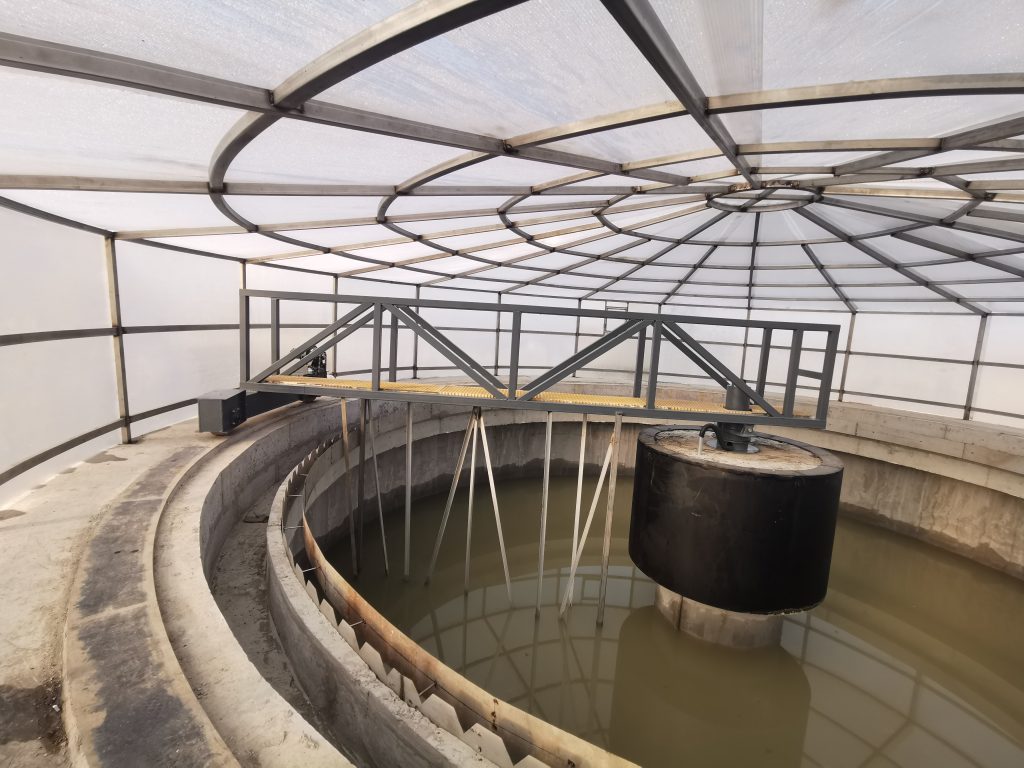The reasons for COD increase suddenly in wastewater treatment
The sudden increase in COD and BOD in effluent from secondary settling tank can indicate malfunctioning of wastewater treatment process, caused by both external and internal factors. To identify the characteristics of harmful substances, it is necessary to measure sewage COD first. The phenomenon of increased COD and BOD5 values in the effluent from the is mostly caused by particulate matter or dissolved compounds, and there are various methods to determine.

1、Low visibility caused by large flocculent material in the effluent channel or after the submerged wall, or by suspended solids in the secondary settling tank. When the visibility of the effluent is less than 1.5 meters, it is caused by dissolved sewage impurities. When the surface load of the secondary settling tank is too high, the solid content in the activated sludge is too high. At this time, attention must be paid to decreasing the sludge content in the activated sludge within 24 hours, not exceeding 25%, and avoiding an increase in NH4 +N content in the effluent caused by the extraction of residual sludge.
2、High sludge index,when the water depth in the clear water area is less than 1 meter and the sludge index exceeds 150 ml/g under sufficient reflux ratio, measures must be taken to improve the sludge index. The reflux ratio should be at least 50-70% of the inflow. RV<0.5 (=50%) → increase the reflux of activated sludge → change the sludge surface height in the secondary settling tank. If the sludge surface does not decrease, check the sludge volume load q.
3、Breakage of flocculent material can lead to high concentrations of filterable substances in the effluent (>30mg/L or 12TE/F), insufficient aeration, prolonged retention time of sludge in the secondary settling tank, insufficient removal rate of submerged walls and floating materials, too small temperature difference between the inlet and outlet of the secondary settling tank, or pipeline blockage, and high inlet COD load.

4、Low effluent ammonium nitrogen value, increased turbidity, high inlet flow rate, malfunctioning of the reflux sludge pump, low or high pH value, mechanical crushing of sludge, and increased nitrite content.
Identification feature 1: High inlet pH (>8.5), alkaline sewage discharge, damage or inhibition of microorganisms.
Emergency measures: Divert the sewage to other empty tanks (stormwater overflow tank, primary settling tank, accident tank), continuously measure the pH value in the nitrification zone, and increase the aeration intensity when the pH value is higher than 9. Add iron or aluminum salts to neutralize the alkaline sewage and reduce the pH value.
Identification feature 2: Inlet pH is lower than 6, acidic sewage discharge, damage or inhibition of microorganisms, risk of corrosion of structures, and increase in organic pollutant load and oxygen consumption.
Emergency measures: Divert the sewage to other empty tanks (stormwater overflow tank, primary settling tank), continuously measure the pH value in the nitrification zone, and the only feasible measure is to add alkaline substances to neutralize the acidic sewage. Quicklime can be used in emergency situations.

Identification feature 3: Obvious increase in inlet water temperature; when hot industrial wastewater is discharged, there may also be other substances discharged, which can cause foam and floating sludge. If foam and floating sludge suddenly appear within the range of the activated sludge tank or secondary settling tank, it may be due to the shock load of surfactants, cleaning agents, or other easily degradable substrates, usually from the food industry.
Identification feature 4: Oil film on the inlet water;When mineral oil products are discharged and there is no risk of explosion, the sewage should be diverted to other empty tanks (rainwater overflow tank, primary settling tank, emergency tank), stop the transportation of return sludge and circulating sludge. Stop the operation of the stirring device in the unaerated area and set up an oil barrier at the outlet of the denitrification area (or anaerobic area). If oil appears in the aerated area, stop aeration and sprinkle a binder.
Identification feature 5: Gas with an alcohol-like odor;Sometimes related to sewage coverings, containing flammable and explosive gases and liquids.
Emergency measures: Use alarm equipment to measure the explosiveness, divert sewage to other empty tanks (rainwater overflow tank, primary settling tank), stop all engines and electrical equipment in all explosive areas, turn off all heating equipment, extinguish open flames, close doors and windows of structures without sewage, stop the operation of the blower room ventilation equipment, but some blowers can continue to operate to remove harmful substances. Remove the sealing covers of water tanks and channels as much as possible. Stop pumping of suspended sludge and residual sludge.
